Setting olfactory preferences aside, what most people look for when searching for a new candle to buy is its overall scent output or strength. While fragrance strength is a bit subjective as a term, achieving optimal performance must be your number one goal in your craft. And fragrance performance in candle making requires attention to a number of factors, including the type of wax, wick size, the quality of fragrance oils, pouring and mixing temperatures and curing.
In this (very long) post we will explore the things you need to know to reach the best possible fragrance performance in candle making by talking about the different types of wax and how each can impact scent strength. We will be also discussing the importance of choosing quality fragrance oils, tips and tricks of the trade, as well as troubleshooting advice. We believe that this info will provide can serve as a starting point to all aspiring candle makers out there to help you create candles that smell their best!
Table of Contents
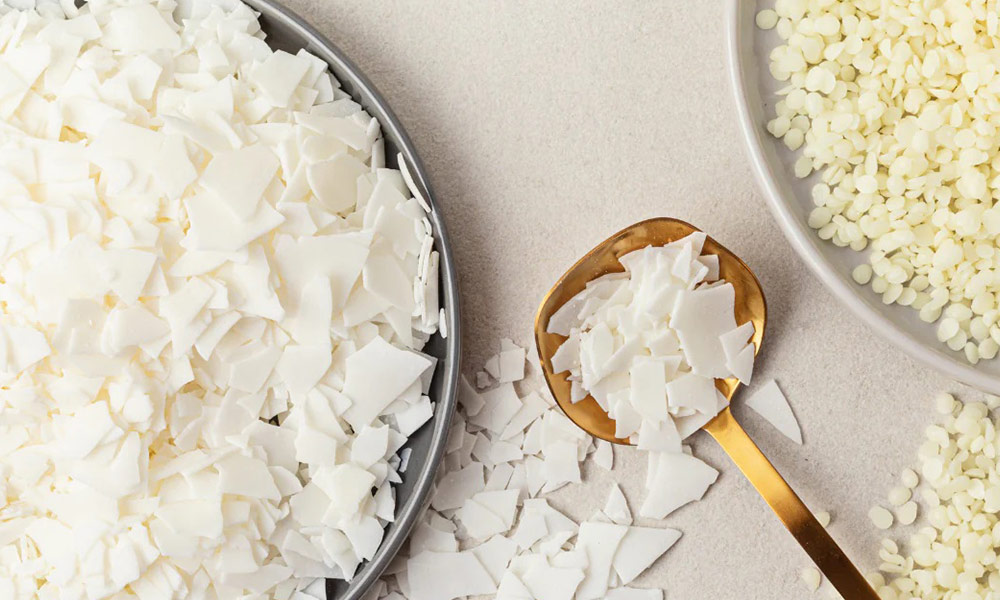
1. Choosing the Right Wax for Optimal Fragrance Performance
Choosing the right wax is crucial to achieving optimal fragrance performance in candle making. There are several types of wax available, each with its own unique properties that can impact scent performance. Here are some of the most common types of wax and how they are generally performing scent-wise:
- Soy Wax: Soy wax is a popular choice among candle makers because it is renewable and eco-friendly. It also has a silky smooth finish and produces a clean burn. However, soy wax has a lower melting point than other waxes, which can result in a weaker scent throw.
- Paraffin Wax: Paraffin wax is a petroleum-based wax that is widely used in candle making long before other alternative waxes emerged (well… apart from beeswax). It has a high melting point and a strong scent throw, making it a popular choice for even the most high-end brands in the market. You can’t say that is eco-friendly and produces a whole lot of nasty soot (among other pollutants) when burned. To minimize these negative effects and maximize scent performance, it’s important to choose a high-quality (and low-soot) paraffin wax and add fragrance at the recommended percentage.
- Beeswax: This is a natural wax produced by bees and is often used in high-end candle making. It has a subtle honey-like scent and a long burn time, but don’t count on it for the strongest scent throw in the world…
- Coconut Wax: Coconut wax is a newer wax on the market that is made from coconut oil. It has a lower melting point than soy wax and produces a clean burn with a quite strong scent throw. It is also planet-friendly, and sustainable, making it a popular choice for crafters and customers. As a plus, it can be safely used as a massage oil when burned!
- Rapeseed Wax: Rapeseed wax is a vegetable-based wax made from the oil of the rapeseed plant. It is a renewable, eco-friendly wax that produces a clean burn and a potent scent throw. It has a lower melting point than soy wax, and it is much easier to work with. As a bonus rapeseed wax has good adhesion to glass, which can result in a more even burn.
Does melting point of a wax affect the overall scent performance of a candle?
Yes it does and it’s all in the “pool”. When a wax is melting it is creating a pool and depending of the type of wax used this pool will burn at a certain temperature. The higher the temperature (see parafin), the more fragrance is given off. On the other side, if a wax has a low melting point it will inevitably produce a weaker scent throw. Do keep in mind though that there are many other variables that come into play, such as the quality of the fragrance oil, the amount of fragrance oil used, the wick size/type, and the size and shape of the candle container. An experienced candle-maker can easily tackle through a low wax melting point and achive equal performance as a high wax melting point!
Wax types in terms of their scent throw, from strongest to weakest
- Paraffin Wax: Strong ⭐⭐⭐⭐⭐
- Coconut Wax: Strong-medium ⭐⭐⭐⭐
- Rapeseed Wax: Strong-medium ⭐⭐⭐⭐
- Beeswax: Medium ⭐⭐⭐
- Soy Wax: Medium-weak ⭐⭐
Please note that this rating is based on our experience and that the actual scent throw of a candle can vary depending on many factors such as the wax brand, the amount of the fragrance oil used, wick selection, and any other special additives like wax dyes.
Why Coconut Wax which has lower melting point than Soy Wax is listed as stronger in terms of scent throw?
Coconut wax has a typical melting point of around 48°C and Soy wax has a typical melting point at around 65°C (temperatures vary from brand to brand), and as we pointed above, low temperature equals weaker throw. However, this is not the case with coconut wax due to its unique composition. You see, coconut wax has a high percentage of medium-chain fatty acids, which allow it to bind to a larger amount of fragrance molecules than other waxes. Also, coconut wax has about 10% lower density than soy (it’s lighter), a trait that allows fragrance molecules to be distributed more evenly throughout its mass. These 2 unique characteristics mean that when burned coconut wax releases more fragrance into the air, even at a mere 48°C, resulting in a stronger scent throw.
Why choosing a high-quality wax is so important?
It is the base of your craft and that which will make or brake your finished product. So it is a no-brainer to choose the highest quality wax if you want not only to produce premium quality candles but also to make your crafting a whole lot easier. The reason is that high-quality waxes are especially formulated to have consistent properties such as melting point, hardness, votive adhesion and burn time. Consistency is the key here, as you are going to produce a whole lot of batches and you need the exact same burn characteristics every time so you will not have to guess each time what type of wick you are going to use or amount of fragrance oil. Consistency will inevitably lead to better scent throw and a more enjoyable candle experience for your customers.
Very important to note is that waxes from reputable brands have an entire R&D team on their back working around the clock to ensure that the product you are going to receive is 100% safe for crafting and for burning. Furthermore, more and more high-end wax makers are embracing more and more sustainable methods in their production, and offer greener (and fair-trade) alternatives to their standard line. Safe and eco conscious creations are going to pay off in the long run so, don’t be afraid to spend a bit extra on a premium wax and also experiment with different brands. Consider it as the foundation which your scented masterpiece will be based on!
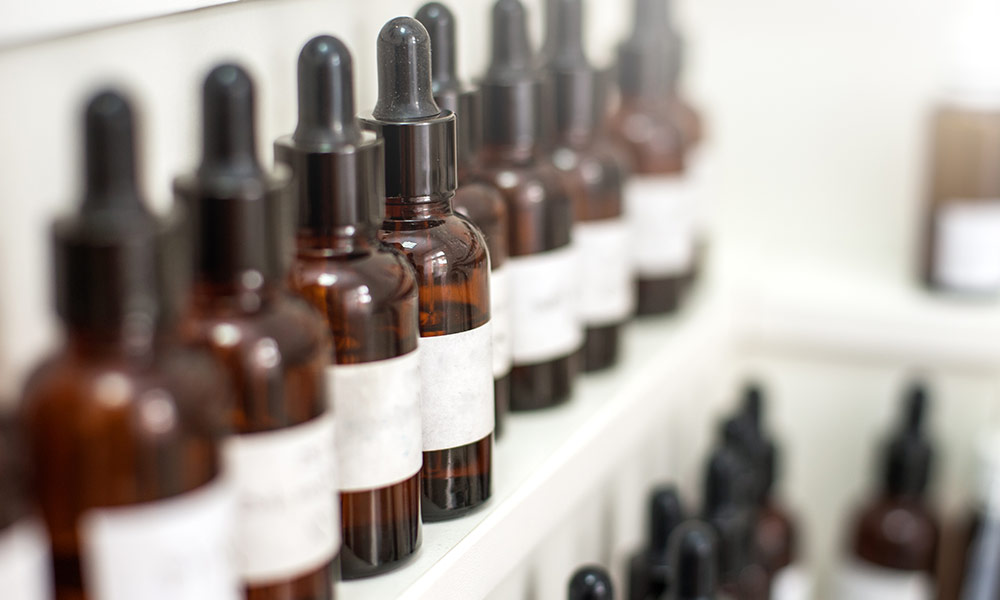
2. Selecting High-Quality Fragrance Oils for Best Scent Performance
When it comes to choosing fragrance oils for your candles, there are a few things to keep in mind to ensure that you end up with a high-quality product that meets your needs. Here are some tips:
- Choose a reputable supplier: Look for a supplier that specializes in candle-making fragrance oils and has a good reputation for quality and customer service. Make sure they provide detailed information on each fragrance oil, including its intended use, scent notes, performance characteristicsand all related accompanying documents.
- Consider the scent profile: Choose fragrance oils that fit with your brand and target audience. Consider the scent notes, such as top, middle, and base notes, and how they will work together to create a cohesive scent profile. Also, consider the strength of the fragrance oil and how it will perform in your chosen wax.
- Test before buying in bulk: Always test a small amount of fragrance oil in your wax before buying a larger quantity. This will help you to ensure that the fragrance oil works well with your wax and that the scent is to your liking.
- Look for high-quality ingredients: Choose fragrance oils that are made from high-quality ingredients and are free from harmful chemicals or additives. Look for oils that are phthalate-free, and if possible, opt for natural fragrance oils made from essential oils or plant extracts.
Using high-quality fragrance oils is important for several reasons. Number one reason is that they will typically produce a stronger, more accurate scent throw that is closer to what you intended. This can help to enhance the overall experience of burning your candles and increase customer satisfaction.
High-quality fragrance oils are often formulated to be safer and more environmentally friendly than lower-quality oils, which can contain harmful chemicals or additives. This is important both for the health and safety of your customers and for the reputation of your brand. Using good quality fragrance oils can help to ensure the longevity of your candles and the overall success of your business. By investing in quality ingredients, you are more likely to produce a superior product that customers will return to again and again.
Do some specific olfactory notes perform better than others?
When it comes to scent notes, there is no one-size-fits-all answer to this question, as different fragrance notes can perform differently depending on the specific scent and the intended use.
However, in general, certain scent notes are known for their strong performance and ability to hold up well in candles. For example, vanilla is a popular scent note that is known for its unmistakable aroma and ability to enhance other scents. Citrus and herbaceous notes are also known for their effective performance and ability to provide a fresh and uplifting scent.
That being said, the overall fragrance composition and the way in which the scent notes are blended together is ultimately what determines the strength and performance of the fragrance oil in a candle. A well-formulated fragrance oil will have a balanced composition of top, middle, and base notes that work together to create a cohesive scent profile and provide good scent throw.
It’s important to choose fragrance oils that fit with your brand and target audience, and to test them thoroughly in your chosen wax to ensure that they perform well and meet your expectations.
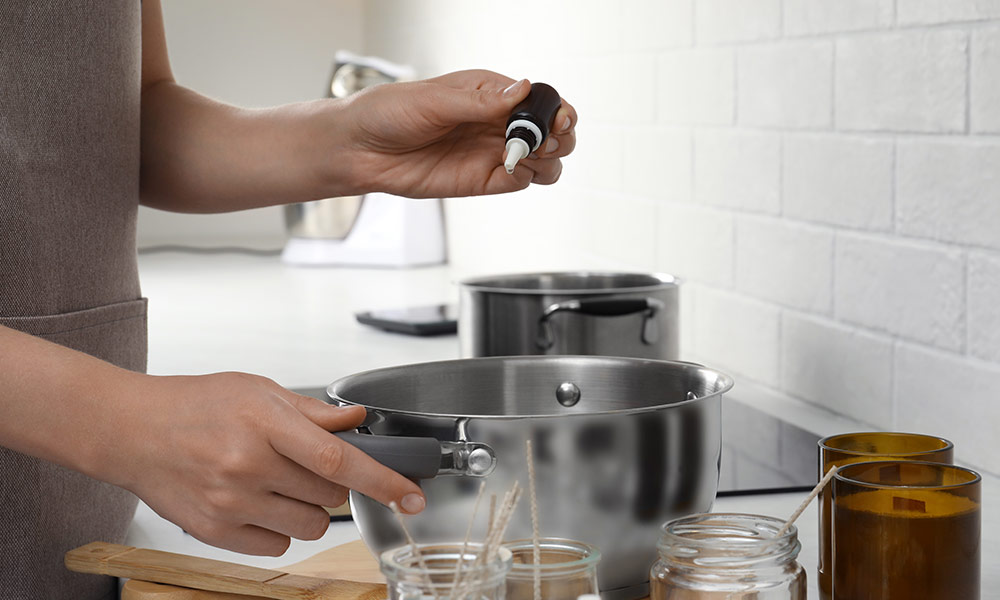
3. Measuring and Mixing for Perfect Scent Balance: Tips and Techniques
Here are some tips for properly measuring and mixing your wax and fragrance oils to achieve optimal fragrance performance in candle making:
- Use a digital scale: Measuring your wax and fragrance oils by weight rather than volume is more accurate and will result in more consistent scent performance. Use a digital scale that measures in grams to ensure precision.
- Follow the recommended fragrance load: Each wax has a recommended maximum fragrance load, which is the amount of fragrance oil you should add to a given amount of wax. Exceeding the recommended fragrance load can result in poor scent performance, wick clogging, and other issues. Be sure to follow the recommended fragrance load for each wax you use.
- Heat your wax to the correct temperature: The temperature at which you add your fragrance oil can have a big impact on scent performance. For best results, heat your wax to the recommended temperature (usually between 76°C and 85°C for soy wax), and then allow it to cool to the recommended pouring temperature (usually between 49°C and 60°C) before adding fragrance oil.
- Stir gently and thoroughly: Once you’ve added your fragrance oil to your melted wax, stir gently and thoroughly to ensure that the fragrance oil is evenly distributed throughout the wax. Avoid over-stirring, which can create air bubbles and affect scent performance.
- Use a thermometer: Using a thermometer to measure the temperature of your wax and fragrance oil mixture can help ensure that you’re adding the fragrance oil at the correct temperature and can also help prevent overheating, which can damage the fragrance oil and affect scent performance.
- Test and adjust: After pouring your candles, allow them to cool and cure for at least 24 hours before testing their scent performance. If you’re not satisfied with the scent performance, you may need to adjust the amount of fragrance oil or the pouring temperature. Keep careful notes and make small adjustments until you achieve the desired scent performance.
Does the temperature of the melted wax play a role in scent output when adding fragrance to it?
Yes, the temperature of the melted wax can have a significant impact on scent output. Adding fragrance oil at the wrong temperature can cause it to evaporate too quickly, resulting in poor scent performance. It’s important to follow the recommended temperature range for adding fragrance oil to your specific wax, as this will ensure that the fragrance oil is properly dispersed throughout the wax and that it has enough time to bind with the wax before solidifying. Overheating the wax or fragrance oil can damage the fragrance and cause it to lose potency, so it’s important to monitor the temperature closely and avoid extreme temperatures.
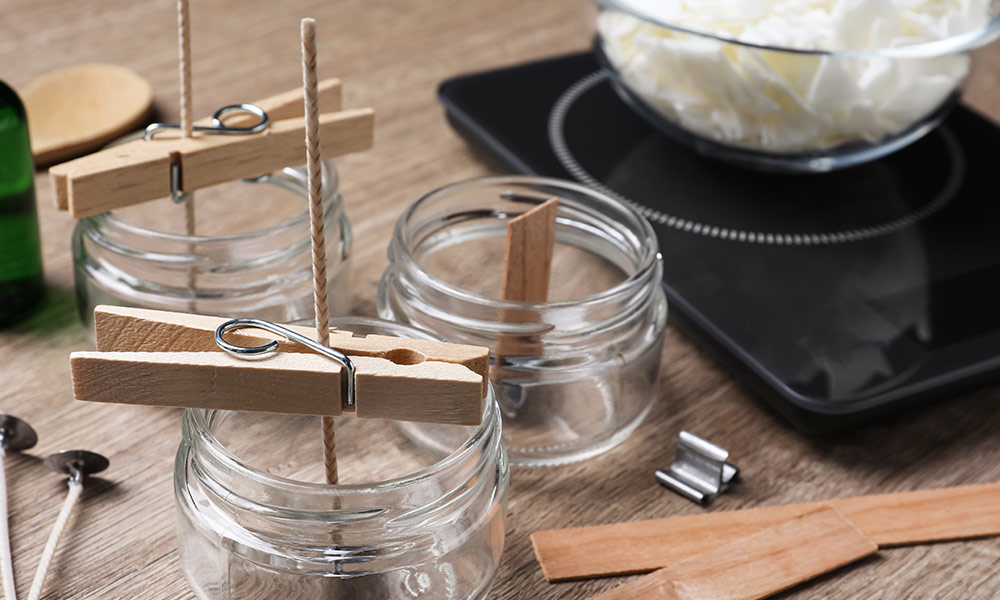
4. Choosing the Right Wick for Optimal Burn Performance
Choosing the right wick is crucial to achieving optimal fragrance performance in candle making. The wick size will determine how much fragrance is released during burning, so it’s important to select the appropriate size for your specific candle and fragrance. A wick that is too small may not provide enough heat to properly melt the wax, resulting in poor scent performance, while a wick that is too large may burn too hot and quickly, causing the fragrance to evaporate too rapidly and leading to a weaker scent.
To determine the correct wick size for your candle, you will need to consider factors such as the diameter and depth of your container, the type of wax you’re using, and the fragrance load. Many wick manufacturers provide charts or tools to help you choose the right wick size for your candle, based on these factors.
Also, the type of wick you choose can also impact scent performance. Different wick materials, such as cotton, hemp, or wooden wicks, can produce different flame characteristics and heat output, which can affect the way fragrance is released. It’s important to experiment with different wick types, widths and sizes to find the best combination for your specific candle and specific fragrance.
Here are some general guidelines for choosing wick types for different wax types:
- Soy wax: Cotton core wicks or hemp wicks are often recommended for soy wax candles. Wooden wicks can also work well for soy wax, particularly in larger diameter containers.
- Beeswax: Square braided cotton wicks are often recommended for beeswax candles, as they provide a consistent burn and work well with the natural properties of beeswax.
- Paraffin wax: Zinc-core wicks are often used with paraffin wax, as they can withstand the heat and provide a consistent burn.
- Coconut wax: Coconut wax tends to require a larger wick than other waxes, and cotton core wicks are often recommended.
- Rapeseed wax: Cotton core wicks or wooden wicks are often recommended for rapeseed wax, as they can provide a consistent burn and good scent throw.
Keep in mind that these are just general guidelines and the optimal wick type and size can vary depending on factors such as the container size, fragrance load, and specific wax and wick brand. It’s important to test and experiment with different wick types and sizes to find the best combination for your specific candle and fragrance.

5. Testing for Hot-Throw and Cold-Throw: Tips for Better Scent Performance
Fragrance performance can vary depending on a number of factors, including the type of wax, the fragrance oil, and the size and shape of the container. It’s important to test your candles thoroughly to ensure that you achieve the best possible scent performance.
Here are some steps you can take to properly test your candles for hot-throw and cold-throw:
- Cold-Throw Testing: First, allow your candle to cool and set for at least 24 hours. Then, take the lid off of your candle and smell it from about 6-12 inches away. This will give you an idea of the fragrance’s cold-throw or how strong the scent is when the candle is not burning.
- Hot-Throw Testing: Light your candle and let it burn for about 2-3 hours, making sure to trim the wick to about 1/4 inch before lighting. After the candle has burned for a few hours, extinguish it and wait for it to cool. Then, smell the candle from about 6-12 inches away to test its hot-throw or how strong the scent is when the candle is burning.
- Adjusting your Recipe: If you find that your candle has a weak scent, you can try adjusting your recipe by increasing the fragrance load, choosing a stronger fragrance oil, or choosing a larger wick size. On the other hand, if your candle has an overpowering scent or is smoking excessively, you may need to reduce the fragrance load or choose a smaller wick size.
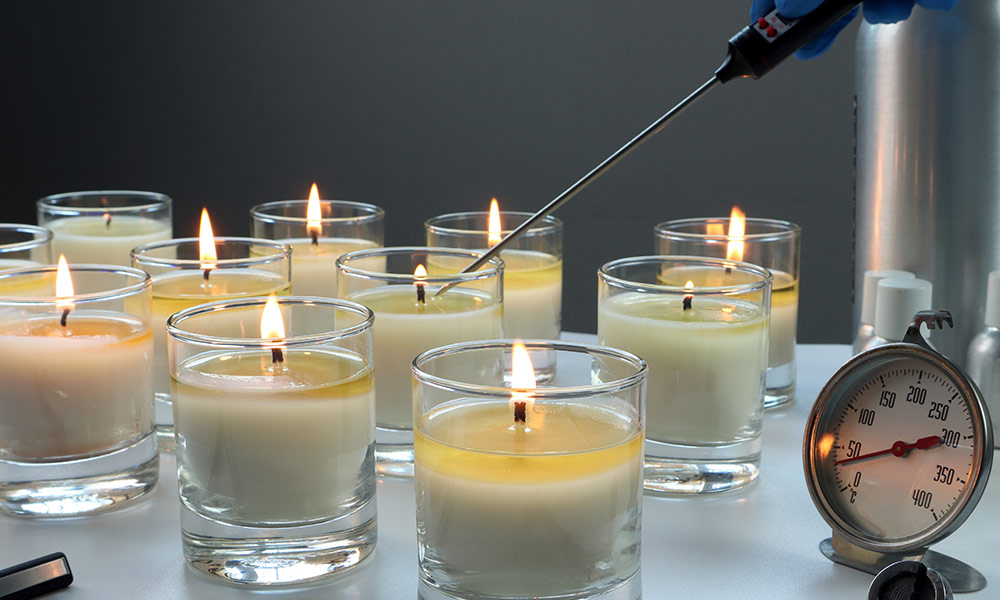
6. Troubleshooting Common Fragrance Performance Issues in Candle Making
Here are some troubleshooting tips for common fragrance performance issues in candle making:
- Weak scent throw: If your candle has a weak scent throw, it may be due to using too little fragrance oil, using the wrong wick size, or not allowing the candle to cure for a long enough time. Try increasing the fragrance oil percentage or choosing a larger wick size. Also, make sure to allow the candle to cure for at least a few days before burning.
- Uneven melting: Uneven melting can be caused by using the wrong wick size or by not trimming the wick before each use. If the wick is too large, it can cause the wax to melt unevenly. Make sure to choose the right wick size and trim the wick to 0,5 cm before each use.
- Sooty or smoky candles: Sooty or smoky candles can be caused by using too large of a wick, burning the candle for too long at a time, or placing the candle in a drafty area. Choose the right wick size for your candle and try burning the candle for shorter periods of time, no longer than 4 hours at a time.
- Fragrance oil separation: If your fragrance oil separates from the wax, it may be due to pouring the wax at too high of a temperature or adding the fragrance oil when the wax is too hot. Make sure to pour the wax at the right temperature and add the fragrance oil when the wax is at around 12-15% below its melting point (see section 1).
- Tunneling: Tunneling is when the wax burns down the middle, leaving a large ring of wax around the edge of the container. This can be caused by using the wrong wick size or not allowing the candle to burn long enough for the wax to melt to the edge. Choose the right wick size and make sure to burn the candle long enough for the wax to melt to the edge of the container.
- Wooden wicks give off: These are trickier than regular cotton wicks and require testing various sizes to achieve a solid flame. If your wooden wicks give off right after lighting them consider choosing a thicker size. And remember, that a wooden wick must be trimmed very close to the wax!

7. Key Takeaways for Better Scent Performance in Candle Making
Achieving optimal fragrance performance in candle making is a delicate process which involves selecting the right wax, fragrance oils, wick, and testing methods. By following the techniques and tips we shared in this article, you can greatly improve the hot-throw and cold-throw of your scents and create candles that smell amazing both lit and unlit.
Remember to always use high-quality ingredients, measure and mix carefully, and test your candles thoroughly. If you encounter issues such as weak scent throw or uneven melting, don’t despair. With a little troubleshooting and experimentation, you can fine-tune your recipe and achieve the results you’re looking for.
Now that you have a solid understanding of fragrance performance in candle making, we encourage you to put these tips and techniques into practice and see the difference they make in your own candles.
Happy candlemaking!

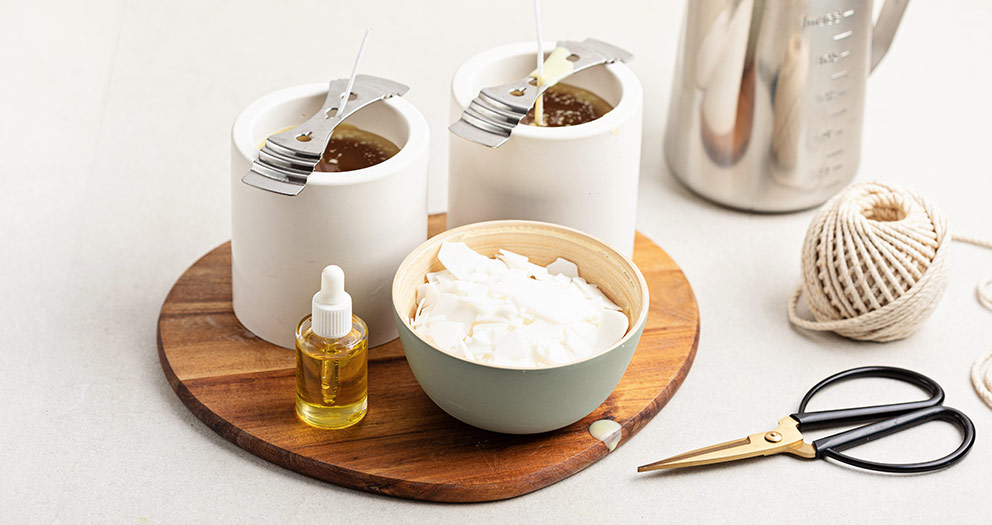
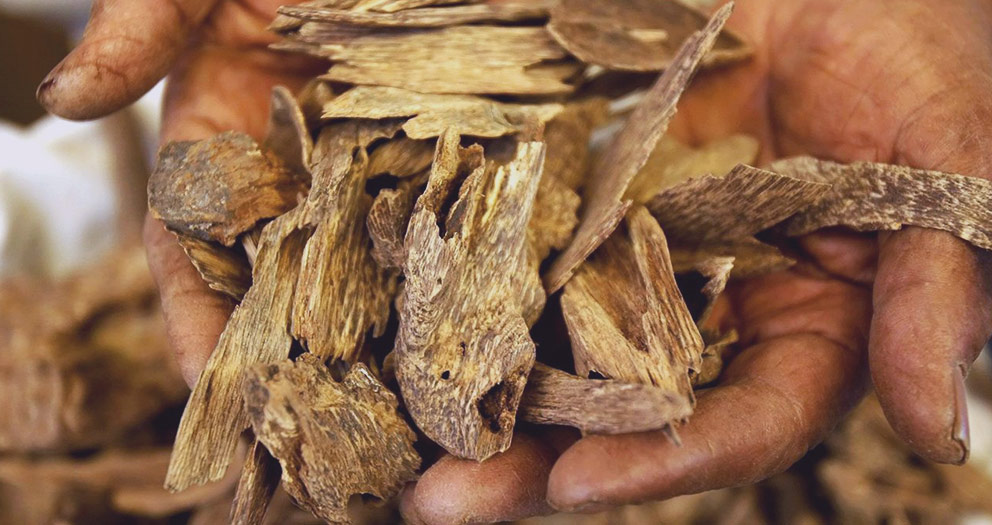
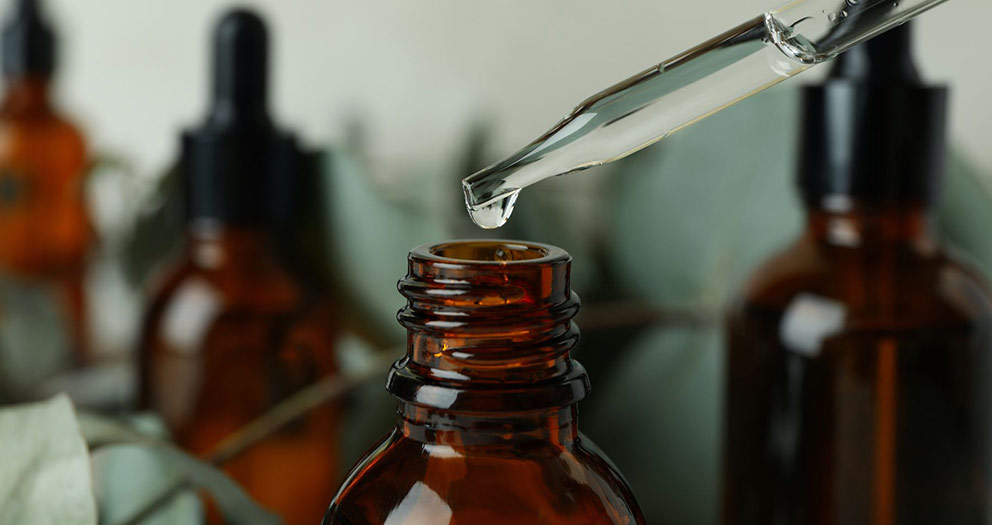

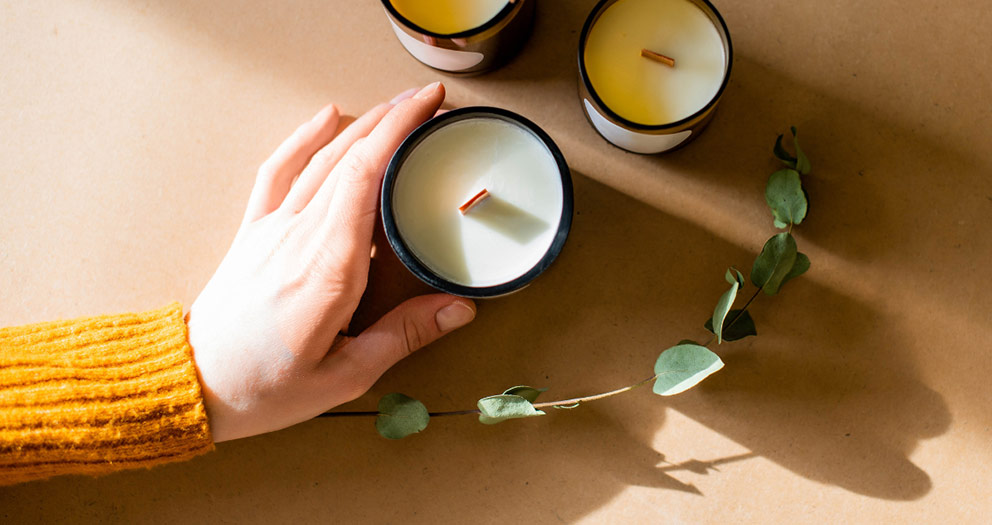
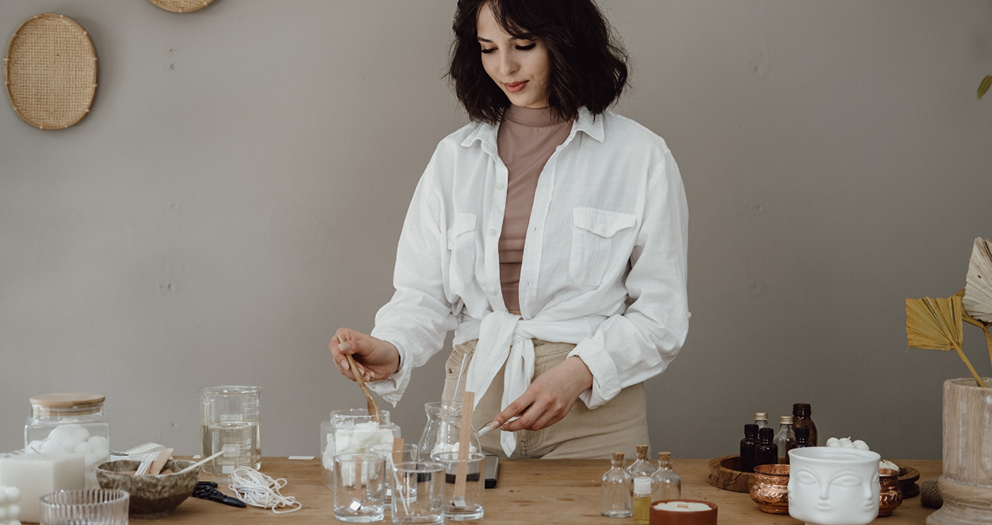
Write a comment
Your email address will not be published. All fields are required